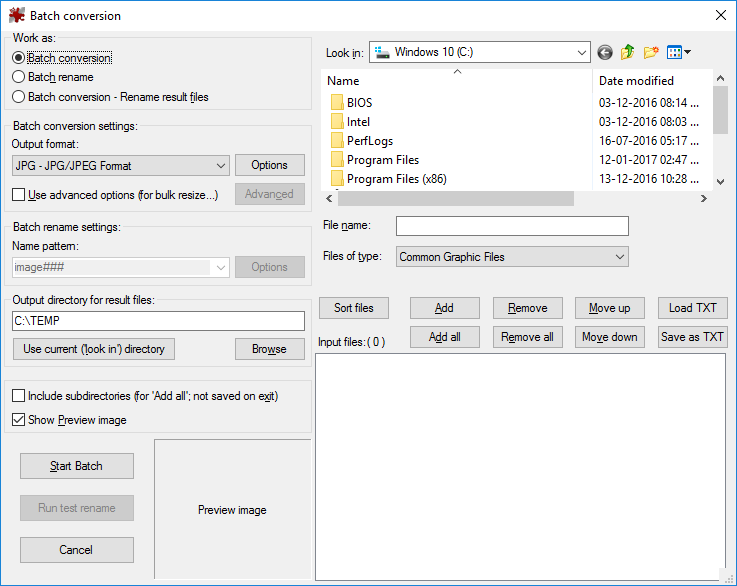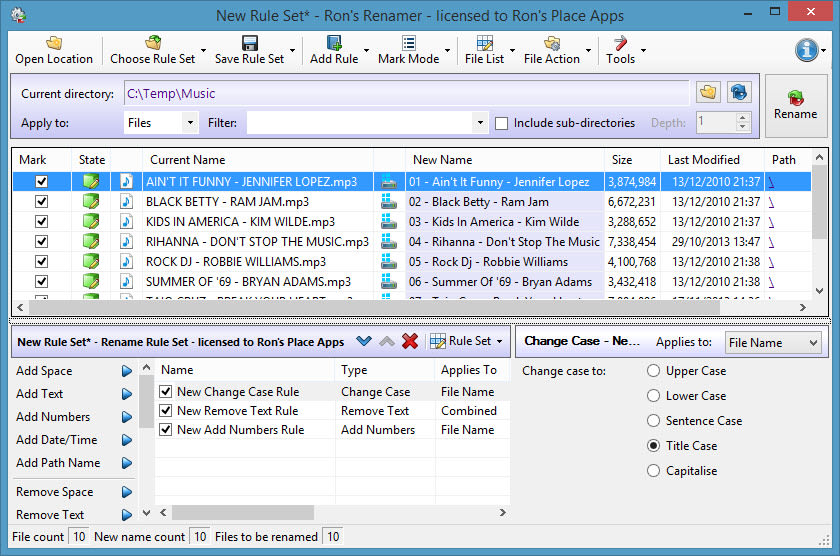

Finally, give a name to the file and hit Enter. Here, select the images to rename and click on the Rename button. Open File Explorer and head to the folder that contains the files to rename. Steps to rename multiple files using File Explorer It is ideal for those who do want to perform quick renaming and do not need advanced features. The method requires File Explorer and involves just a few steps. If you are a Windows 10 user, you have a much easier method to bulk rename files (or images) on your computer - one that does not require you to download third-party software.

Method I – Native way (works on Windows 10 only)

Rename-Item : can't rename because the target specified represents a path or device name. Rename-Item -Path "project.txt" -NewName "d:\archive\old-project.txt" Specifically, you can't supply a pathįor the value of the NewName parameter, unless the path is identical to the path specified in

You can't use Rename-Item to both rename and move an item. Rename-Item -Path "c:\logfiles\daily_file.txt" -NewName "monday_file.txt" Example 2: Rename and move an item This command renames the file daily_file.txt to monday_file.txt. To move and rename an item, use the Move-Item cmdlet. You can't use Rename-Item to move an item, such as by specifying a path together with the new The Rename-Item cmdlet changes the name of a specified item. Renames an item in a PowerShell provider namespace.


 0 kommentar(er)
0 kommentar(er)
